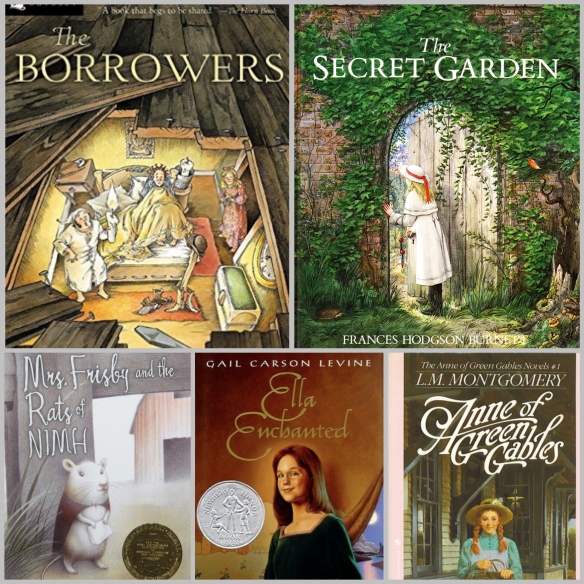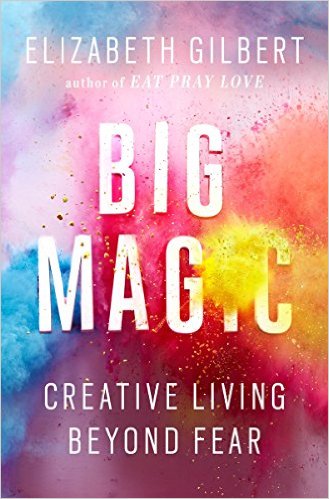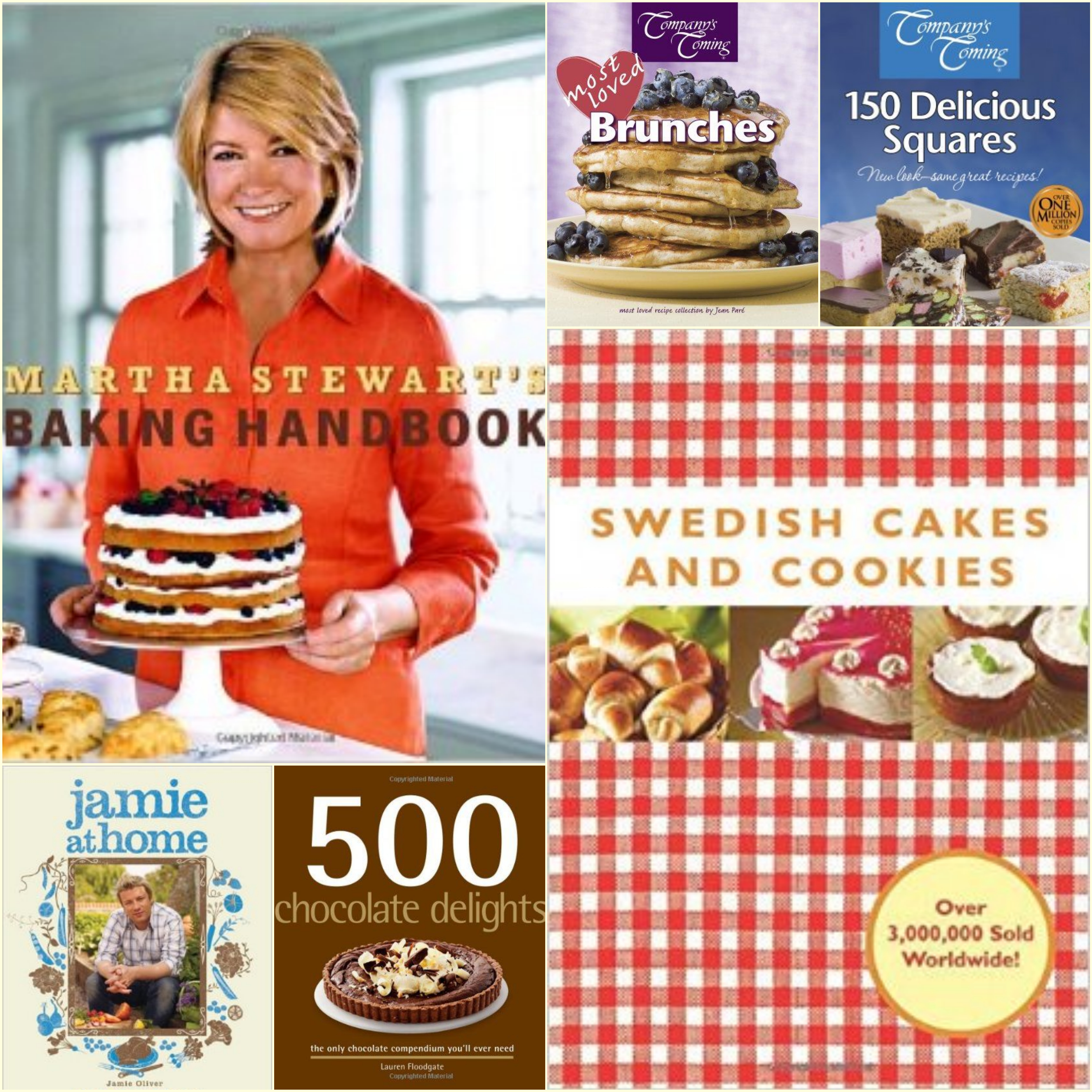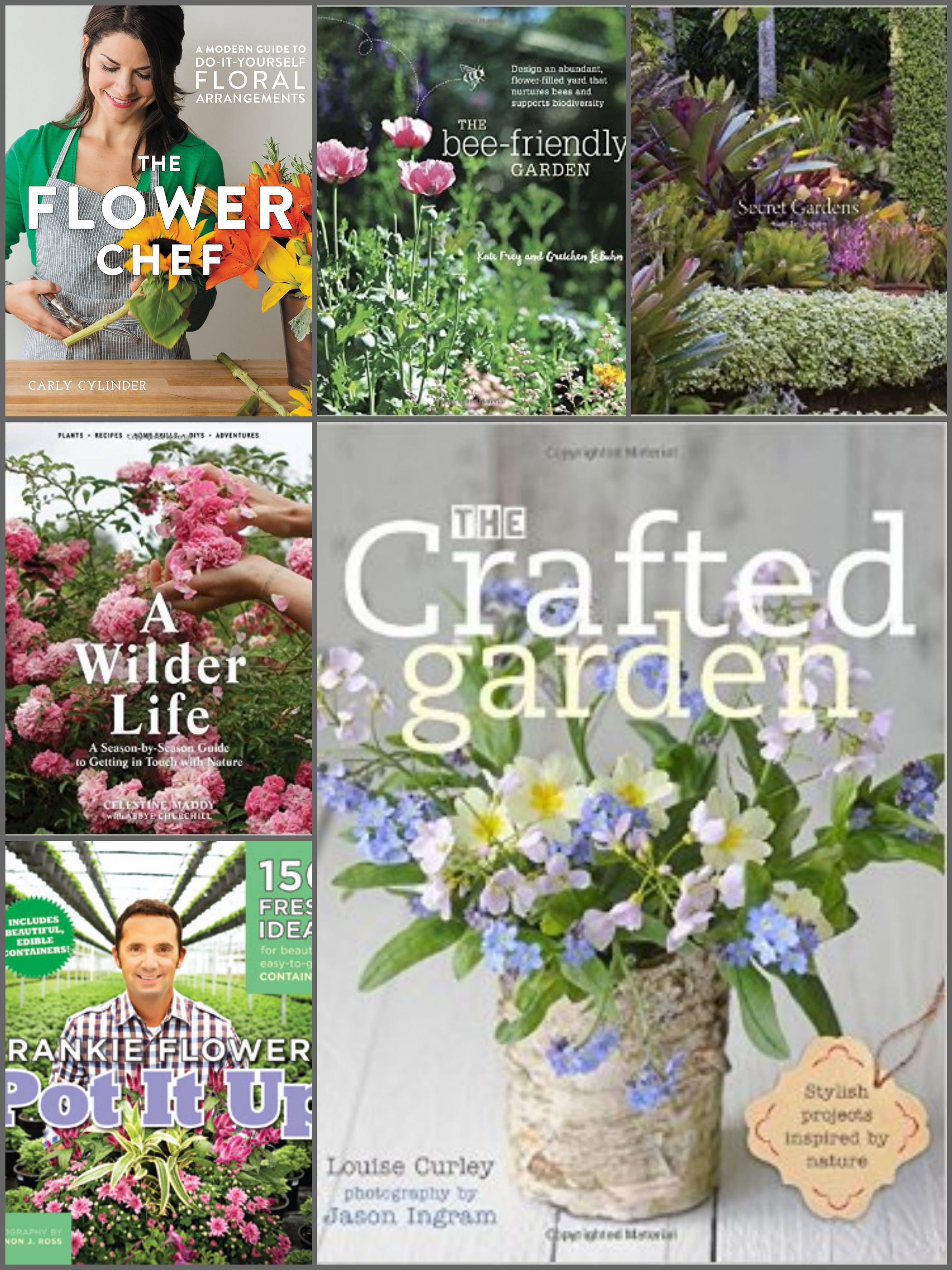
I’m not really a scary movie person; around this time of year when people invite me to re-watch some of the classics with them my response is usually, “I’m fine, thanks. My imagination scares me enough as it is.”
It’s not a line- this is 100% absolutely, totally true. As a kid I was plagued by crazy, reoccurring nightmares and as I grew older and learned about the horrific historical events that paved the way to our modern society- wars, genocides, holocausts, disease. These things almost scared me more than the ghosts and demons I conjured up in my imagination,
Hearing and watching these stories always shook me to the core- to this day, I still can’t stand watching people torture and kill each other, even if it’s imaginary. War movies are out. I was a mess at the end of Game of Thrones’ sixth season. No, really.
It seems silly to accumulate a list of scary books when the things that frighten me seem like no big deal to other people. “Read at your own risk” is more of a warning then to those of us softies who find this sensitive reading material. Even if you have seen your fair share of blood and guts, I hope my selections are still enough to disturb (if in a quieter, more subversive way).
Patrick Suskind’s novel Perfume is subtitled “The Story of a Murderer” but really should have read “The Story of a Sick, Sick Man That Will Make You Shudder in Equal Parts Horror and Disgust”. It makes you wonder what kind of guy Suskind is in real life, although I’m sure he’s very, very nice.
So Much for That by Lionel Shriver is kind of the modern-day horror story that’s uncomfortable to read because at the back of your mind you know that every procedure that she details, and all of the suffering she describes is actually real, but it’s worth the read for the light it sheds on the frightening reality we live in.
You have to have lived under a rock if you haven’t heard of Room yet. Canadian author Emma Donaghue’s novel was a smash hit that got turned into an award-winning movie and it’s easy to see why- it’s both gripping and tender, funny and frightening. Even so, it was still a tense read for a sensitive soul like myself.
I read The Boy in the Striped Pyjamas by John Boyne when I was baby-sitting one night. (It’s so engrossing and short that I’m sure you could, too.) As it happened I reached the end just before the parents came home, so when they walked through the door they found me sobbing hysterically. Needless to say, I had to include this book for the shock it gave my system. The ending was like a sucker-punch.
Swamplandia! by Karen Russell sounded like the kind of quirky, fun read that was right up my alley and at first it was. Russell’s writing makes the heat of the swamp shimmer off of the page; it’s so easy to get caught up in the heady landscape that when things start to get sinister it feels like the slither of an alligator inside you. I ended up being so disturbed.
Honorable Mentions
I couldn’t talk about creepy reads without listing a few of the books that have made my blog before. They’re worth a second mention for the chills they gave me.
- Even if you’ve seen the movie Gone Girl, the novel of the same name by Gillian Flynn is worth the read so you can see just how psychotic her characters were intended to be.
- The Girl on the Train by Paula Hawkins is the classic unreliable narrator mystery, and it feels particularly disturbing reading it as a woman watching the main character submit over and over again to addiction, and leaving herself vulnerable and exposed. It’s a reminder that women’s safety continues to be an issue.
- I have to include the novel Blindness by José Saramago as the premise alone is enough to give me the chills.
- The Clothes They Stood Up In by Alan Bennett is a short, yet devastating read.
- If it’s magic and things that go bump in the night that you want, then Andrew Pyper’s The Demonologist is for you.

I love to read and I love sharing my favorite books with you. (For more reading inspiration click here or here.) Don’t forget to friend me on Goodreads either! Btw: These lists are totally my own creation and I was not paid or perked to share my opinions with you by any author or publishing company.










